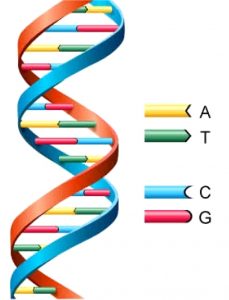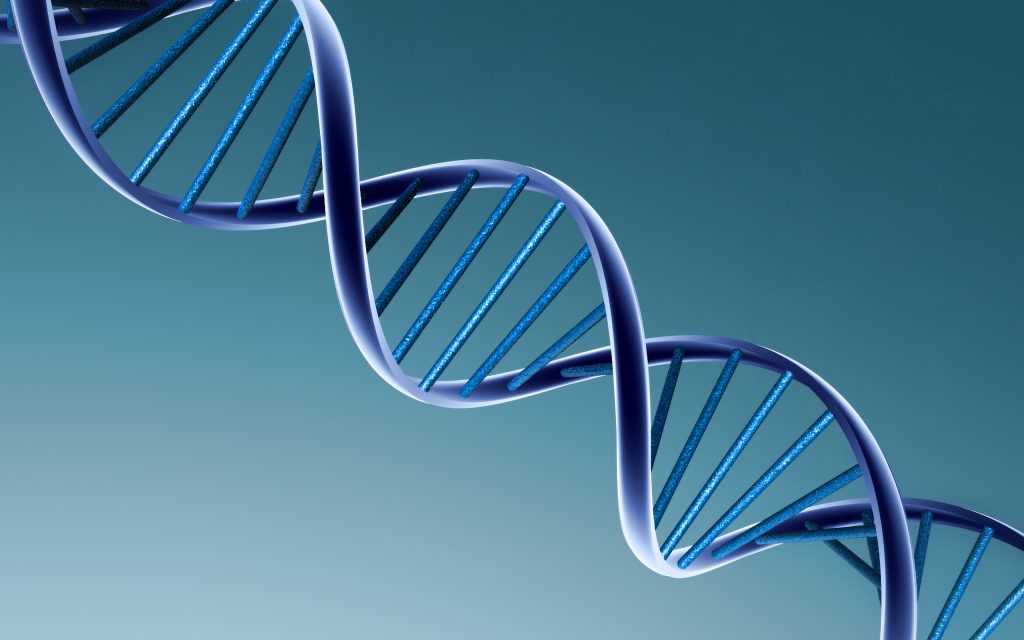External drives are increasing in quality and getting cheaper, but that still doesn’t prevent planned obsolescence or physical accidents. Cloud services are good but require immense server stations to collect all of our information. All of our information, stored in together. What would happen to the Cloud if those data centers were destroyed?
Enter DNA storage.
Scientists at the University of Washington and Microsoft have just achieved the impossible: both storing and retrieving image files from synthetic DNA. But is this a worthwhile venture or a crazy passion project?
Why DNA Storage?
Digital data is complicated. File types change constantly, leading to the problem of trying to view a file type on an incomptaible program. Overp eriods of time data could degrade. Data storage is limited to its physical space, though we have found ways to compress data smaller and smaller.
DNA, on the other hand, lasts for thousands of years. It can store vast amounts of data in microscopic space. It’s made to hold the blueprint of life in a space smaller than the size of a pinhead. It’s the perfect solution.
Well, nearly.
Making DNA Storage Worthwhile

Source: Astrochem
The problem with DNA storage so far is that storing and retrieving data is a little complicated. Everything on your computer is in binary code–ones and zeroes–but DNA as we know it comes in quaternary code: the A, C, G, T you remember seeing in biology class (adenine, cytosine, guanine and thymine nucleobases).
This means scientists and engineers need to change from binary to quaternary every time they store data. This isn’t easy. Scientists have to break up the data and store it in dehydrated DNA. To retrieve it, they have to use the “address” of various strands of DNA to reassemble the data properly.
Not exactly smooth and efficient.
The Future of DNA Storage
Despite all of this, DNA storage works, and works well. So far the team were able to store and retrieve four image files on synthetic DNA strands. But that’s not enough to make this a viable investment. We want to upload all of our selfies, cat photos, college dissertations, bestsellers-to-be and secret naughty pictures to DNA storage, not just a profile pic or two of ourselves every few years.
The problem now is finding a way to make this cheap, quick and easy. Scientists have long pondered the idea of a molecular computer: one that acts like a human body. One that uses biological functions to do processes rapidly and efficiently. Now is the time for us to begin that transition.
For so long we’ve talked about a synthesis of humans and computers. Nowadays, people cannot live without their cellphones, tablets and computers. The only logical next step in this progression is perhaps putting technology inside of our bodies, which has already begun.
But perhaps the same can be said for technology. Maybe it’s time for us to put a little of ourselves inside our computers if they’re to become the best they can be.
Source: Futurism

